Blog
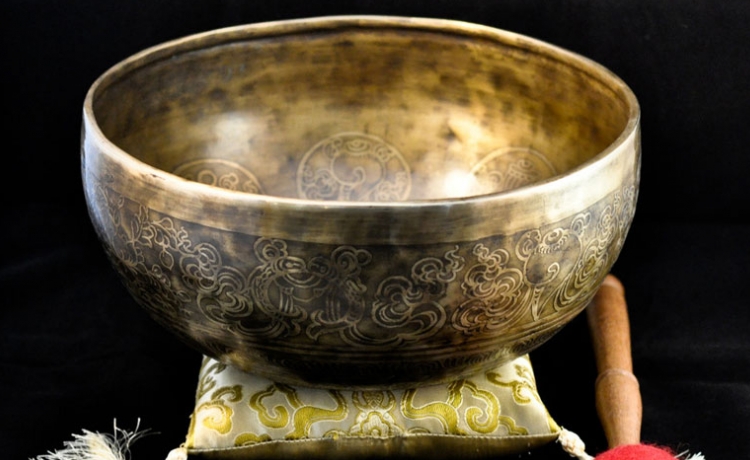
Singing Bowl in Nepal
Singing bowl is a treasure. The singing bowl is originated in the pre-Buddhist Bon culture of the Himalayas often called Tibetan singing bowls; they are actually made in Nepal, Bhutan, India and Tibet. The bowls are made of seven sacred metals. One…
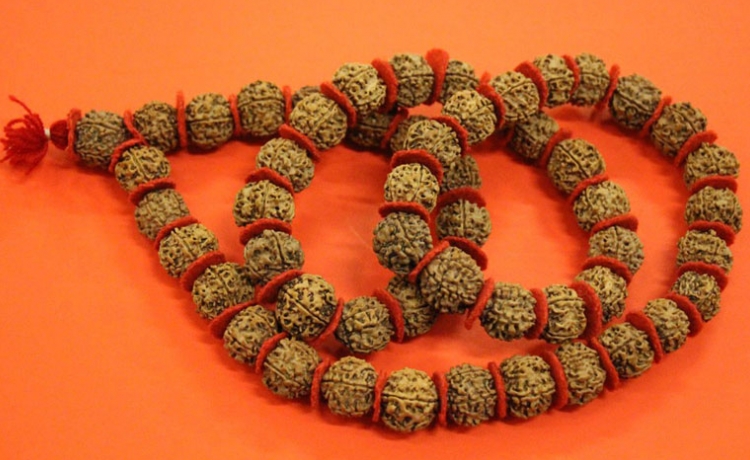
Rudraksha (Utrasum), Ammonite Fossil (Shaligram), Spatika (Quartz) in Nepal
Rudraksha: Rudraksha is a Sanskrit word, consists two words-Rudra and Aksha. Rudra denotes to Lord Shiva and Aksha refers to tear. It is believed that when lord Shiva was in his deep meditation, a drop of tear fell of his eye…
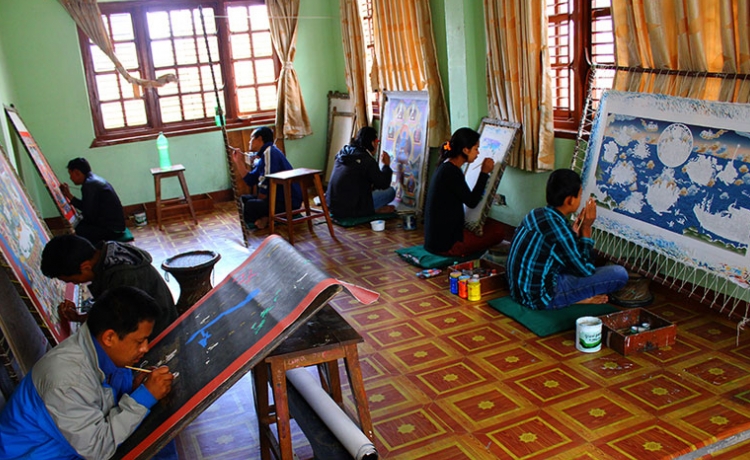
Thangka Painting in Nepal
Thangka is a Tibetan term that has two syllables ‘Thang’ which means ‘A plain surface’ and ‘Ka’ means ‘an image’. So, Thangka literally means ‘Image on plain surface’. So, this artwork is a divine portrait. In fact, Thangka Painting is a religious…
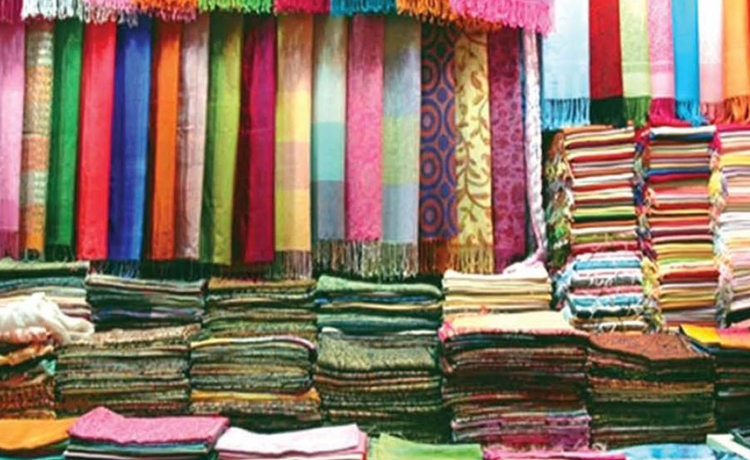
Pashmina in Nepal
Pashmina, the word has derived from Pashm which refers to the under fleece of the Himalayan Mountain goat called Chyangra (Capra Hircus). Today, it has become the name of the very best cashmere in the world. The value of Pashmina lies in…
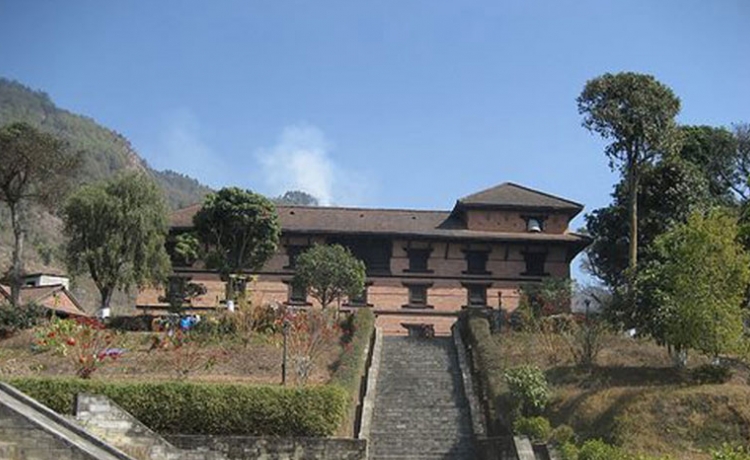
Gorkha-The Historical Place
Gorkha lies 156 km west from Kathmandu. Gorkha is the origination of Shah Dynasty from where the king Prithivi Narayan Shah unified the modern Nepal. Gorkha is the hilly/Himalayan region which has been extended from 488 m to 8163 m. Gurkha is…




